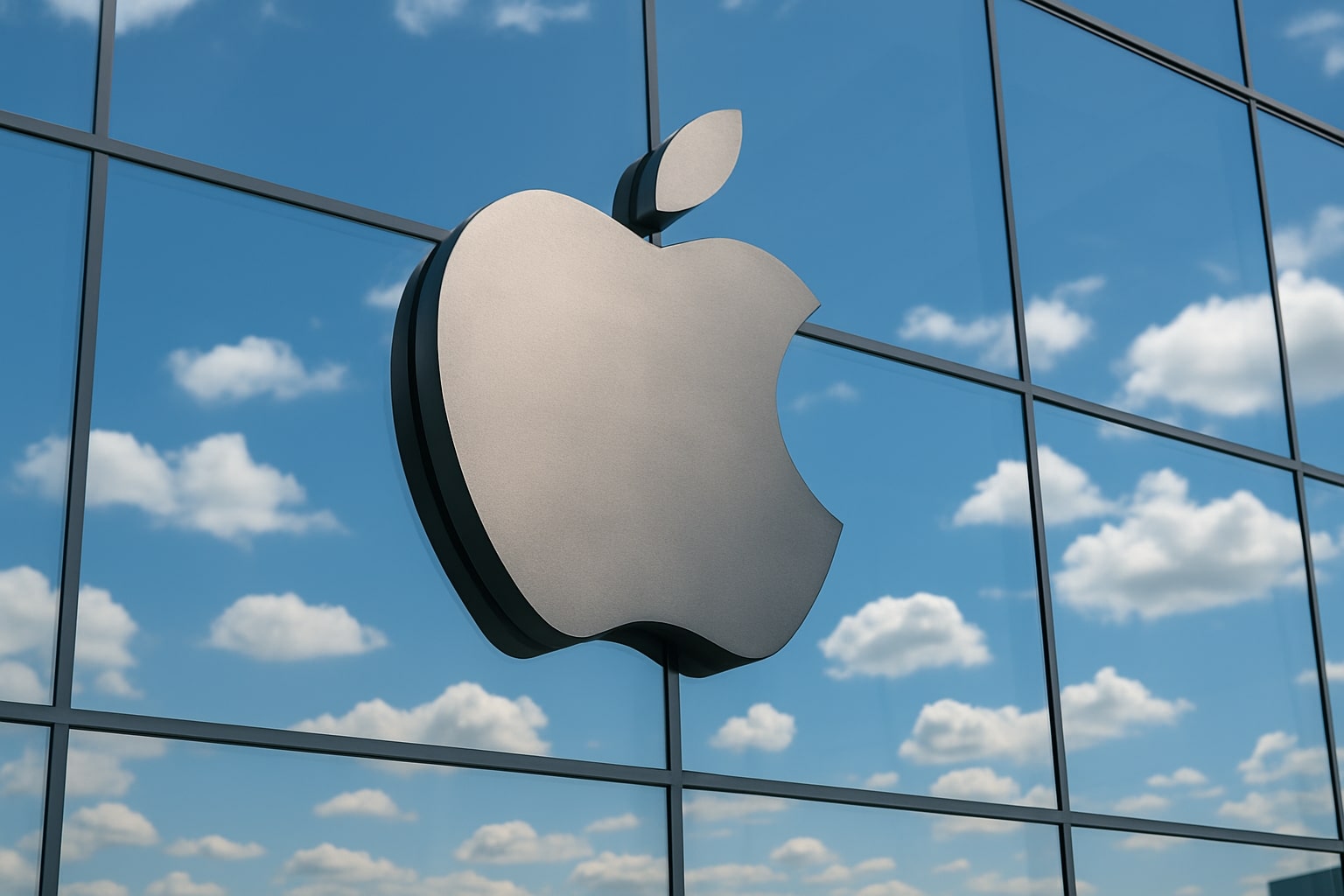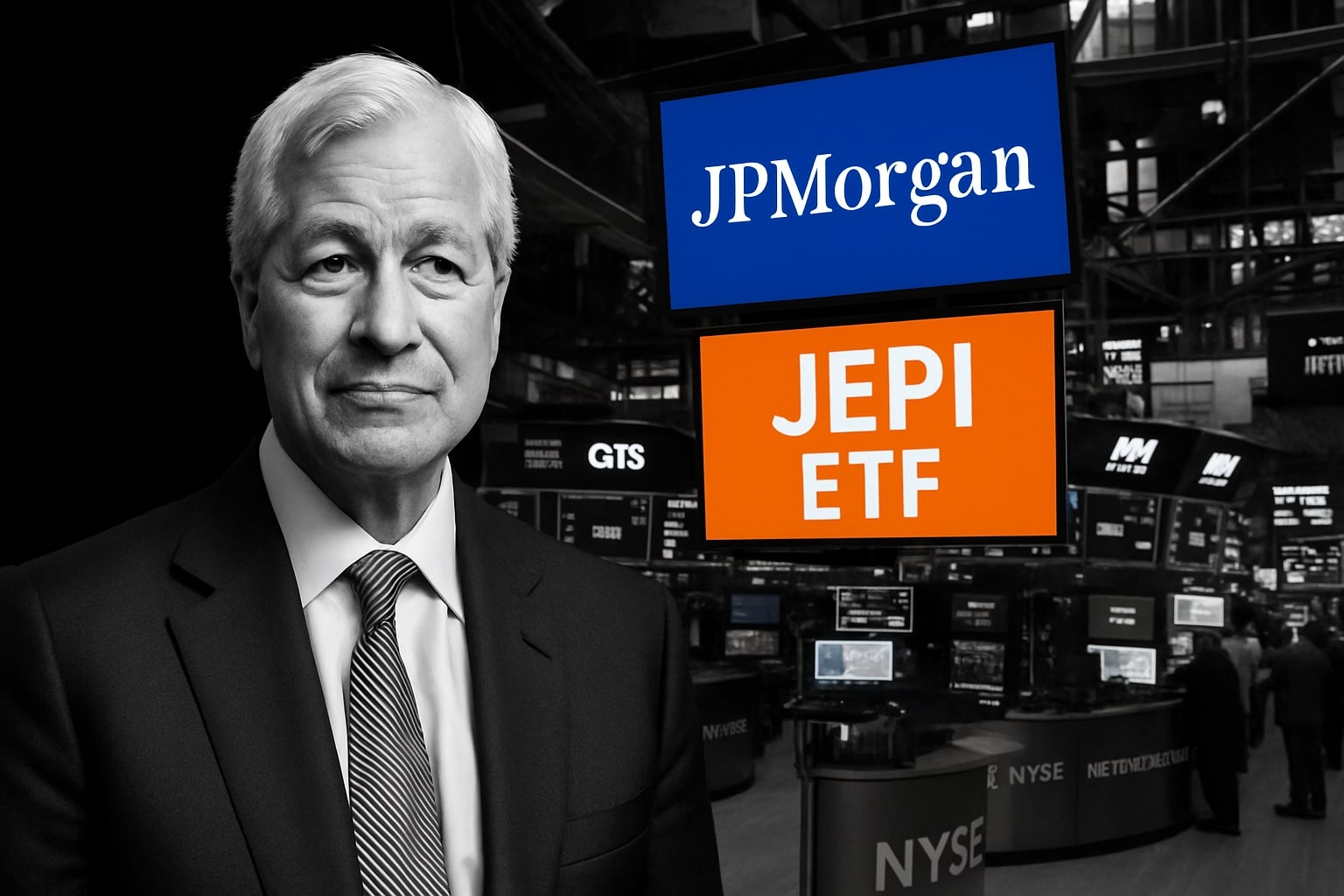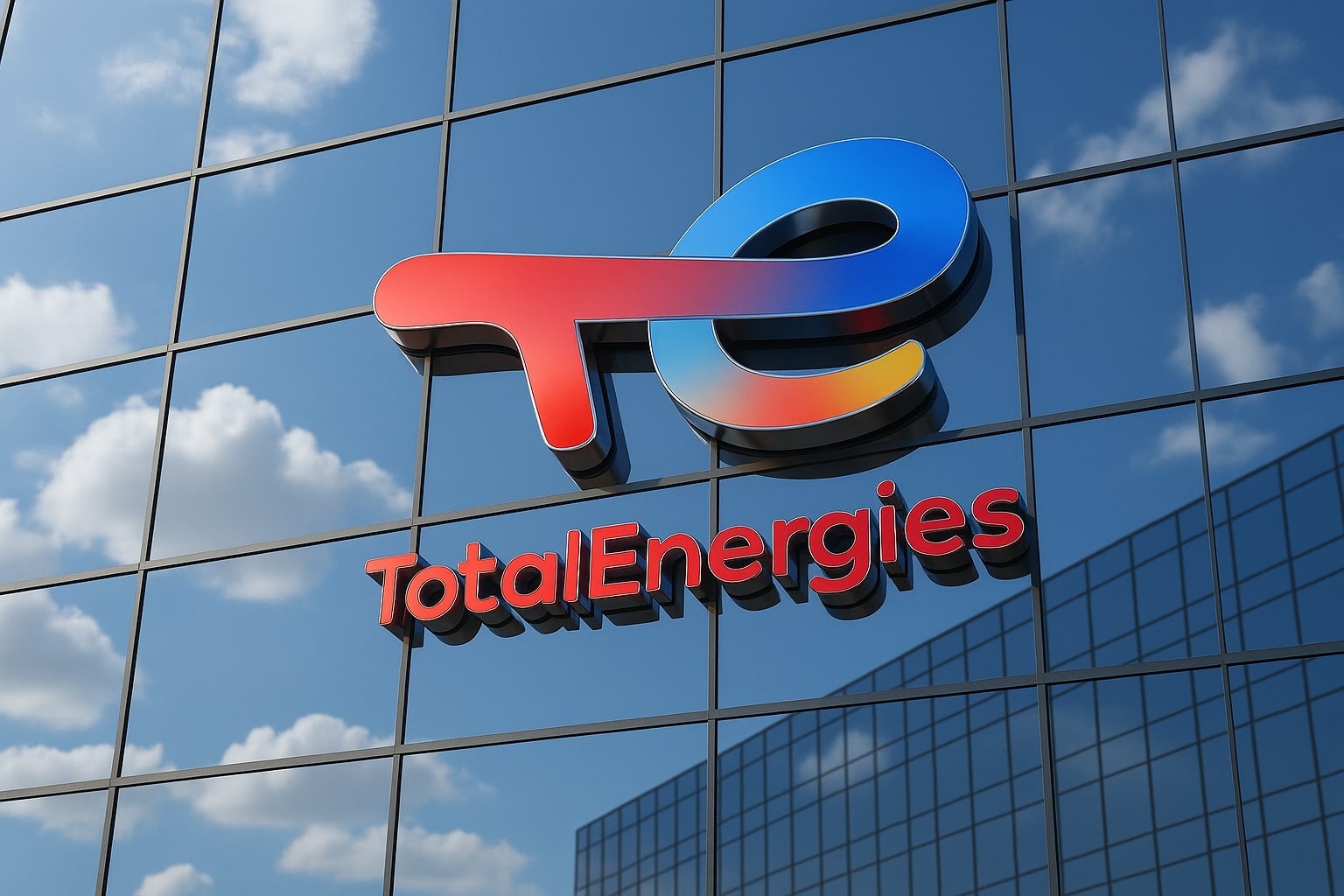
Apple Stock Price Forecast - AAPL Shares Soars to Record $263 as iPhone 17 Demand and Analyst Upgrades Ignite Rally
Apple gains 4.3% to $263.21, setting a new all-time high on booming iPhone 17 demand, Loop Capital’s bullish forecast, and renewed momentum ahead of fiscal Q4 results | That's TradingNEWS
Apple Stock Price Forecast (NASDAQ:AAPL) Breaks Record Highs as iPhone 17 Demand Ignites Wall Street Optimism
Apple Inc. (NASDAQ:AAPL) shares surged 4.33% to close at $263.21, hitting a new record high after a powerful combination of strong iPhone 17 sales, bullish analyst revisions, and renewed market optimism. The stock traded as high as $264.38, pushing Apple’s market capitalization to $3.9 trillion, the highest in its history. The move marks a pivotal shift in sentiment just ten days before the company reports fiscal Q4 results on October 30, where investors expect to see confirmation of the iPhone 17 cycle’s strength.
The rally gained momentum after Loop Capital upgraded Apple from Hold to Buy and raised its price target to $315, implying a 25% upside from current levels. The firm cited “material upside to Street expectations through 2027” as the iPhone 17 cycle delivers stronger-than-expected shipment trends across the U.S. and China. The optimism follows data from Counterpoint Research, showing the iPhone 17 series outselling the iPhone 16 lineup by 14% in the first ten days of release.
Analyst Ananda Baruah noted that Apple has entered a “multi-year adoption cycle” driven by both design innovation and faster device replacement among high-end users. The iPhone 17 Pro Max alone accounts for 75% of all iPhone 17 sales, underscoring Apple’s pricing power in the premium segment. These results align with observations from Asia-based supply chains, where Hon Hai Precision (Foxconn) reported a 14.1% year-over-year rise in September revenue, reflecting accelerated production rates for Apple’s latest model.
Earnings Momentum Builds Ahead of October 30 Report
Investors are now positioning for Apple’s fiscal Q4 2025 earnings, scheduled for release on October 30, with the call set for 2:00 p.m. Pacific Time. Market chatter points to upside in both iPhone and services revenue as the company benefits from post-pandemic upgrade cycles and the addition of AI-driven features under the Apple Intelligence banner. Analysts estimate shipments of 56.5 million iPhones in Q3 2025, exceeding consensus expectations and hinting at record quarterly sales.
However, not all forecasts are unanimously bullish. While the average analyst price target sits near $248, Loop Capital’s $315 call represents the Street’s most aggressive outlook, highlighting the growing divergence in valuation opinions. Apple’s price-to-earnings (P/E) ratio of 40.01x now sits above its five-year average of 28.56x, signaling a rich premium that requires sustained earnings growth to justify.
Valuation Stretched, But Investors Keep Buying
Despite these elevated metrics, investors continue to accumulate shares. Apple’s 22% gain in the last three months has outpaced the broader S&P 500’s 11%, reaffirming its leadership among mega-cap tech stocks. Still, the rally leaves Apple trading at a forward P/E of 33.4x, compared with peers like Samsung (14.2x) and Xiaomi (26.5x). The premium reflects Apple’s durable ecosystem and expanding services margin, but it also compresses the margin of safety for new buyers.
Apple’s forward PEG ratio of 3.35x—well above its ten-year mean of 1.43x—signals that the stock’s valuation is heavily reliant on sustained double-digit EPS growth through 2027. Consensus projections call for FY2027 adjusted EPS of $8.88, implying a modest growth curve given Apple’s scale. Still, with more than $166 billion in cash and marketable securities, Apple retains unmatched balance-sheet flexibility to support ongoing buybacks and dividends. The quarterly dividend stands at $0.26 per share (0.40% yield), underscoring management’s shareholder-return commitment.
Geopolitical and Tariff Risks Cast a Shadow Over Margins
While sentiment remains upbeat, risks tied to trade and manufacturing linger. Apple’s heavy reliance on Foxconn’s cross-border production network leaves it vulnerable to U.S.–China tariff adjustments. The company’s management previously guided for a potential $1.1 billion tariff impact in the current quarter, up from $800 million last quarter. The prior quarter’s gross margin of 34.5% fell 1.4 points sequentially, suggesting that higher input costs for the iPhone 17 could pressure profitability despite strong unit sales.
Moreover, Apple’s diversification push into India and Vietnam has yet to offset cost inflation stemming from aluminum chassis production and advanced display procurement. With the U.S. government shutdown dragging on and global trade tensions rekindling, Apple’s global supply chain remains a delicate balancing act. President Donald Trump’s renewed tariff threats against Asian exports add another layer of uncertainty to the company’s near-term cost outlook.
Read More
-
JEPI ETF Edges to $57.11 as Yield Holds Above 8% and Covered-Call Premiums Power Income
11.11.2025 · TradingNEWS ArchiveStocks
-
XRP ETFs Slide — XRPI Down to $14.18 and XRPR to $19.80 as Investors Lock In Gains After Record Run
11.11.2025 · TradingNEWS ArchiveCrypto
-
Natural Gas Price Steadies Near $4.40 as Record U.S. Supply and Weather Volatility Define Market
11.11.2025 · TradingNEWS ArchiveCommodities
-
USD/JPY Price Forecast - Yen Holds Near 154.00 as Yen Slides and Market Awaits Fed-BoJ Policy Shift
11.11.2025 · TradingNEWS ArchiveForex
iPhone 17 Cycle Redefines Post-Pandemic Growth Narrative
What differentiates the iPhone 17 cycle is its strength across markets previously considered saturated. In China, pre-orders for the iPhone 17 series surpassed the iPhone 16’s first-day total within one minute, according to local data. In the U.S., carriers have reported longer upgrade queues and tighter lead times, suggesting that the new model’s design refresh and improved AI integration have reignited consumer enthusiasm.
The iPhone Air, launched as Apple’s first eSIM-only model in China, has also exceeded expectations. As the sole eSIM-supported handset approved by Chinese carriers, it represents a strategic gateway for Apple to deepen its ecosystem lock-in among mainland users. Analysts expect that Apple could maintain global smartphone market share near 24.5%, even as Huawei and Xiaomi expand their domestic production.
Technical Picture: Strength With Overbought Signals Emerging
Technically, Apple remains in a robust uptrend, but some signals suggest exhaustion risk. The stock’s Relative Strength Index (RSI) hovers above 72, approaching overbought territory, while trading volumes during the latest rally were 35% above the 30-day average, reflecting heightened speculative participation. Price action remains confined within an ascending channel, with immediate resistance near $265—the new intraday high—and secondary resistance at $272, aligning with the stop-loss zone cited by short-term traders.
Support emerges near $255.88, the day’s opening level, followed by $245.13, the prior consolidation range. A decisive breach below $245 could signal the beginning of a retracement toward $230, but strong institutional buying has historically supported Apple on 5–10% pullbacks.
Insider Activity and Institutional Dynamics
Recent filings from Apple’s insider transactions indicate limited selling among executives despite the record price levels. The restrained insider activity signals confidence in long-term fundamentals. Institutional positioning also supports the bullish narrative: major funds, including Berkshire Hathaway, remain heavily weighted in Apple, even after minor profit-taking earlier this year. The firm’s share repurchase program, which totaled $77 billion in FY2024, continues to serve as a consistent support mechanism during market drawdowns.
Services and AI Integration: The Next Growth Engine
Apple’s services division—spanning iCloud, Apple TV+, Music, and App Store—now contributes roughly 25% of total revenue, with margins exceeding 70%, far higher than hardware margins. The upcoming integration of Apple Intelligence across iPhone, Mac, and Vision Pro devices is expected to strengthen cross-platform monetization. Early reviews of the new AI-driven Siri and M5 processor in Macs suggest Apple is catching up in areas where it once lagged behind Nvidia and Microsoft.
As Apple expands AI integration, subscription revenue could see a high single-digit growth rate in 2026, potentially offsetting hardware margin compression. The company’s shift toward ecosystem-based revenue ensures stability even amid cyclical product transitions.
Final Outlook: Overheated But Structurally Sound
With NASDAQ:AAPL trading at $263.21, Apple sits at a crucial intersection of fundamental strength and valuation excess. The iPhone 17 cycle has clearly reignited investor enthusiasm, but the stock’s P/E above 40x and rich PEG ratio suggest limited room for multiple expansion unless earnings exceed expectations.
The upcoming October 30 earnings call will determine whether the rally holds or corrects. A solid beat and optimistic guidance could push Apple toward $275–$280, while weaker-than-expected margins may trigger a rotation back toward $240–$250 support. Given its exceptional cash flow, entrenched ecosystem, and strong iPhone momentum, Apple (NASDAQ:AAPL) remains a Buy on Strength—but investors should expect volatility as valuation catches up with fundamentals.
View real-time Apple chart here → AAPL Real-Time Chart


















